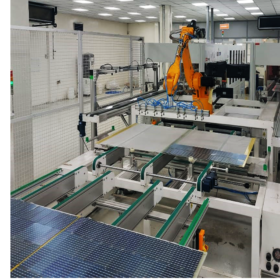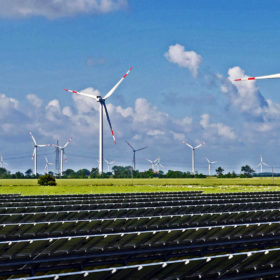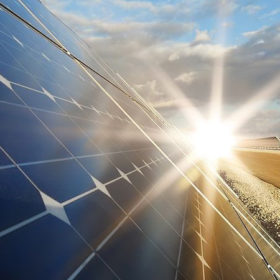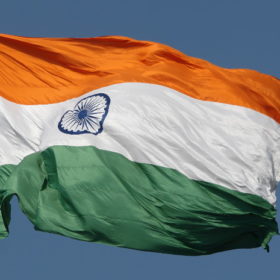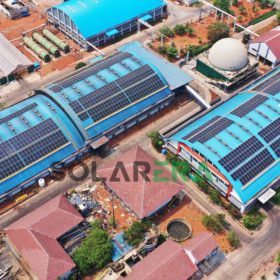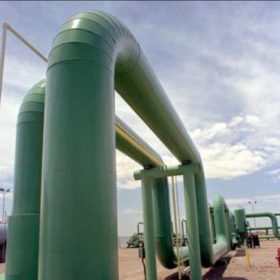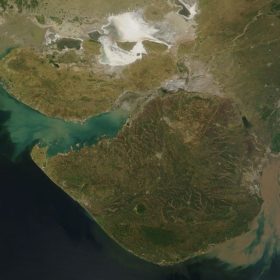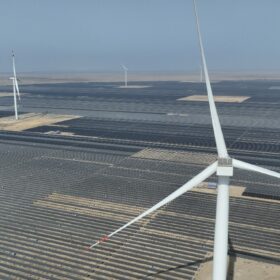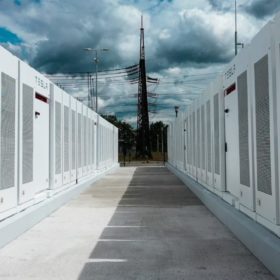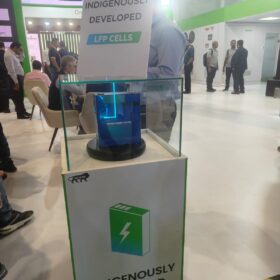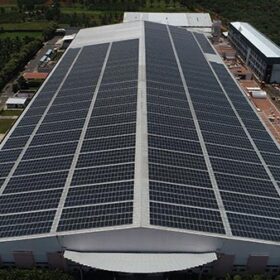Oriano commissions 70 MW captive solar plant for HIRA Group
Oriano has finished a new solar plant in Chhattisgarh, as part of a 172 MW DC open-access PV order from diversified business conglomerate HIRA Group of Industries.
Saatvik selects retail distributor for solar panels
Haryana-headquartered Saatvik Solar has appointed Photovoltaic Solar to handle retail distribution of its PV panels in the Indian market.
India installed 1.9 GW of ‘open-access’ renewables in FY 2021-22
India has surpassed 10 GW of overall renewables capacity installed for offtake through open access.
ReNew secures $1 billion loan for 1.3 GW renewables project
ReNew Power, a Nasdaq-listed Indian developer, has secured $1 billion in external commercial borrowings for a 1.3 GW wind-solar energy project, backed by up to 100 MWh of battery storage. The project is co-owned by Japanese investor Mitsui and will supply round-the-clock power under a 25-year power purchase agreement.
Cleantech Solar to commission 18.7 MW captive PV plant for Saint-Gobain India
Cleantech Solar will develop the PV plant at its solar park in Tamil Nadu and supply clean power to Saint-Gobain India’s manufacturing facilities.
EV sales to grow at slower-than-expected pace
Sales growth in India’s electric vehicle market will moderate to 75% per year over the next three years, as supply constraints drive up prices of key raw materials for batteries.
Amended Energy Conservation Bill to drive renewables adoption
The amended Energy Conservation Bill sets a minimum usage clause for non-fossil fuel by high carbon-emitting sectors such as power, transport, industry, and buildings. It also includes provisions to incentivize decarbonization efforts by allowing carbon trading.
Hygenco, Jindal Stainless sign India’s first long-term green hydrogen offtake agreement
Hygenco will build, own and operate a multi-megawatt green hydrogen facility for the long-term supply to Jindal Stainless Ltd, one of the largest stainless-steel conglomerates globally.
NTPC’s 56 MW Kawas solar project now fully operational
NTPC has switched on its third solar project this month, following the completion of the 296 MW Fatehgarh and 250 MW Kolyat PV parks in Rajasthan.
Deepak Thakur joins Mahindra Susten as CEO
Deepak Thakur, the former chief of Sterling and Wilson’s hybrid and energy storage business, has joined Mahindra Group’s cleantech arm Mahindra Susten.


